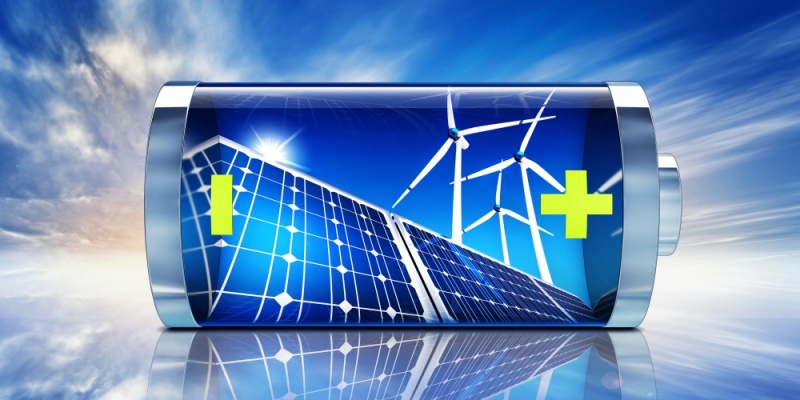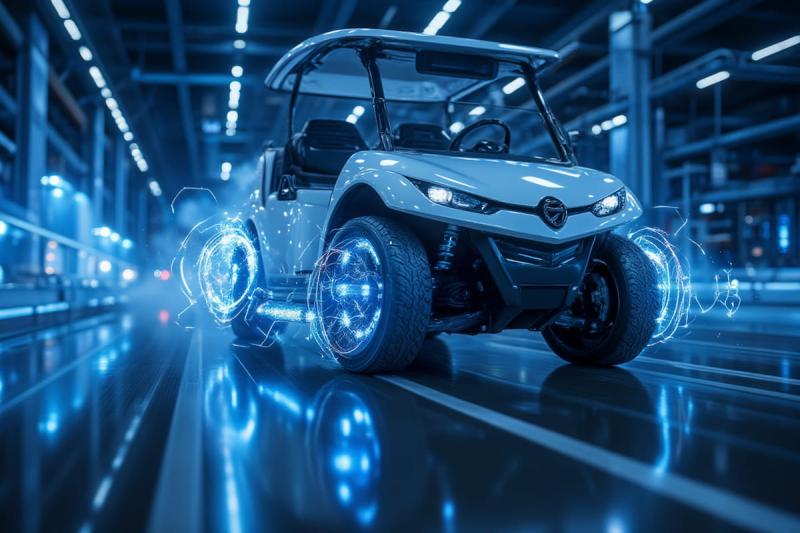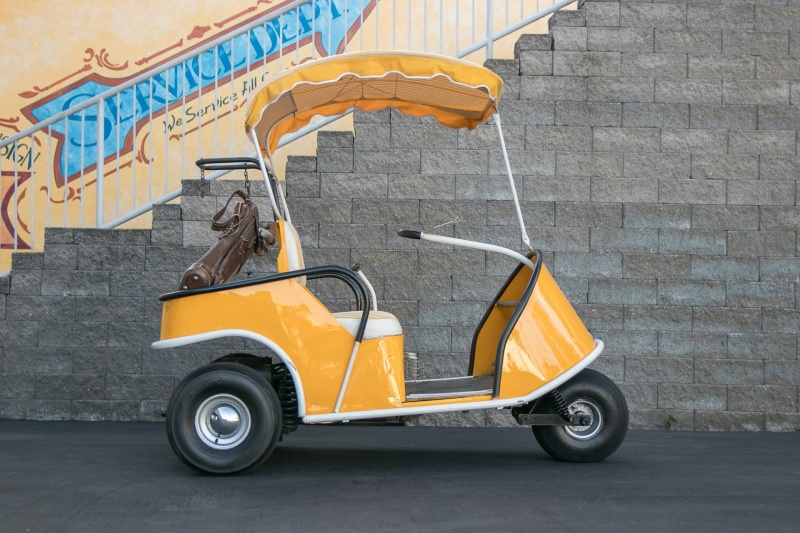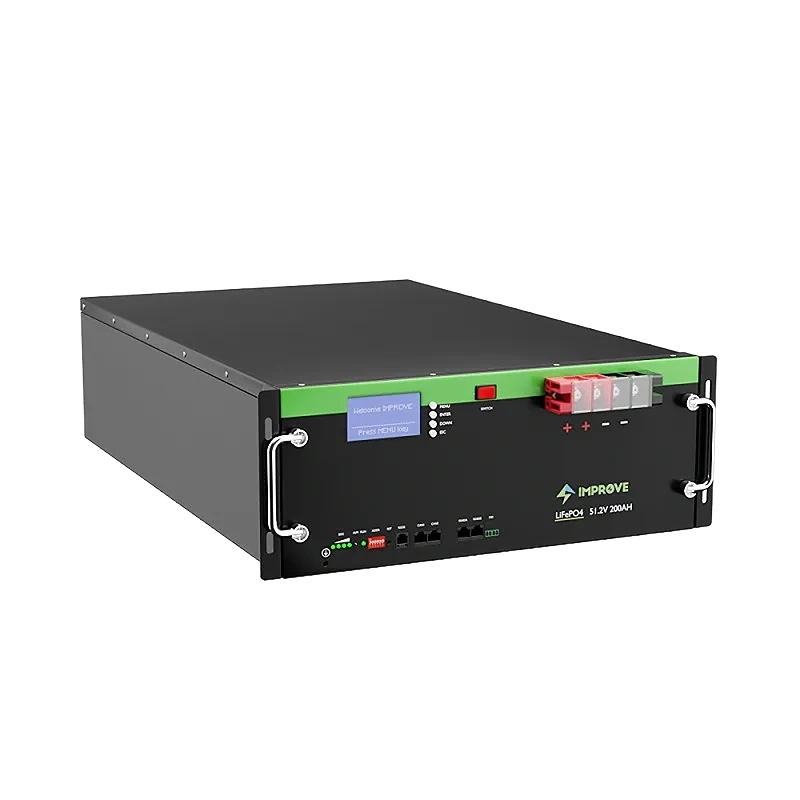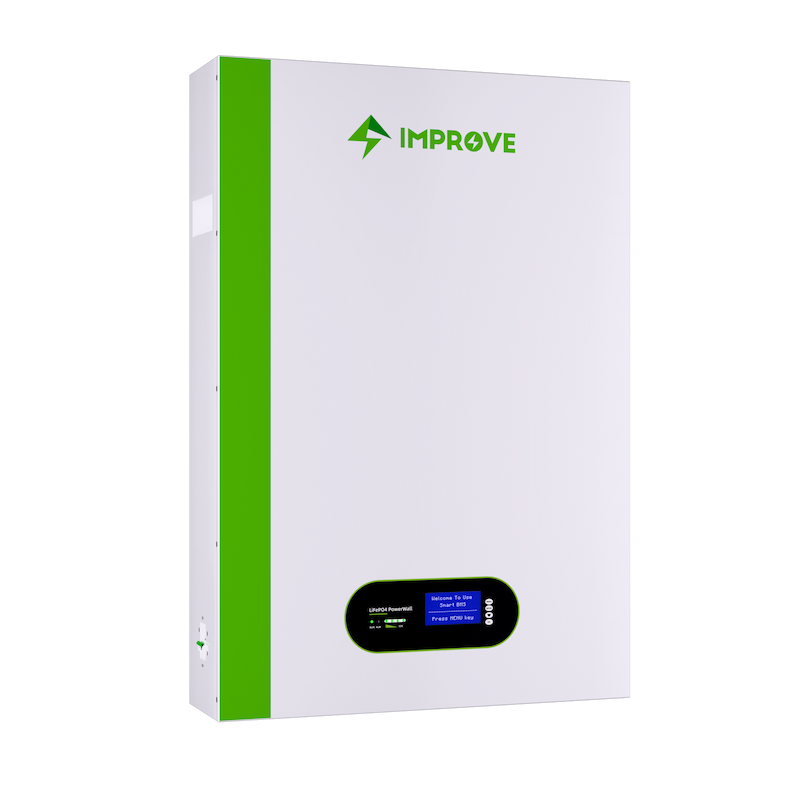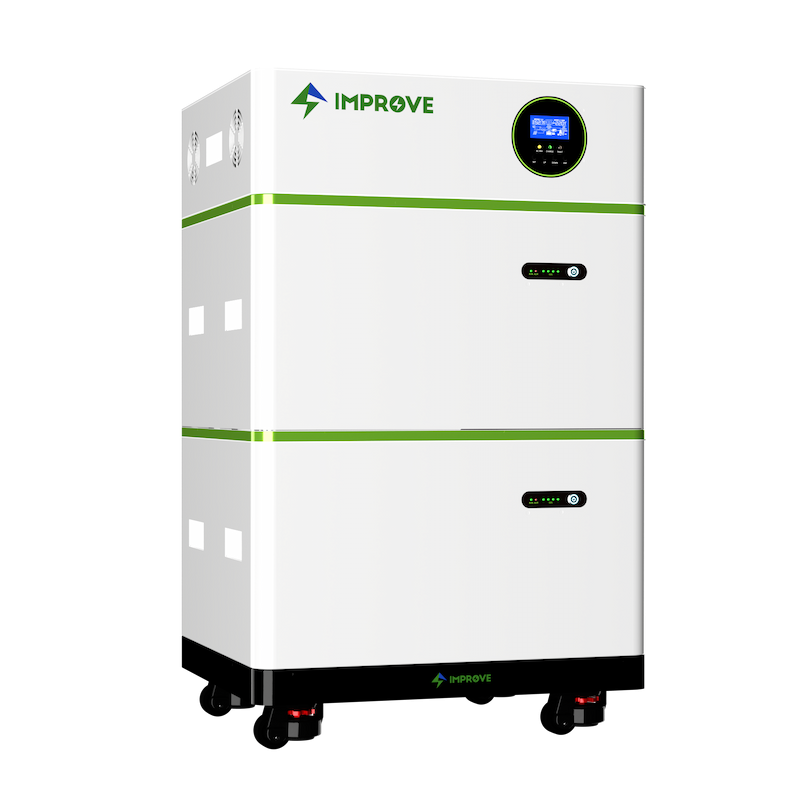Why should photovoltaic off-grid systems be equipped with lithium iron phosphate batteries for energy storage? The energy storage battery is indispensable in the off-grid system. The solar panel charges the energy storage battery through the controller, and the iron-lithium battery is converted and output by the off-grid inverter for the user. Lithium iron phosphate batteries, lead-acid batteries, etc. are more commonly used in batteries.
Photovoltaic off-grid system composition
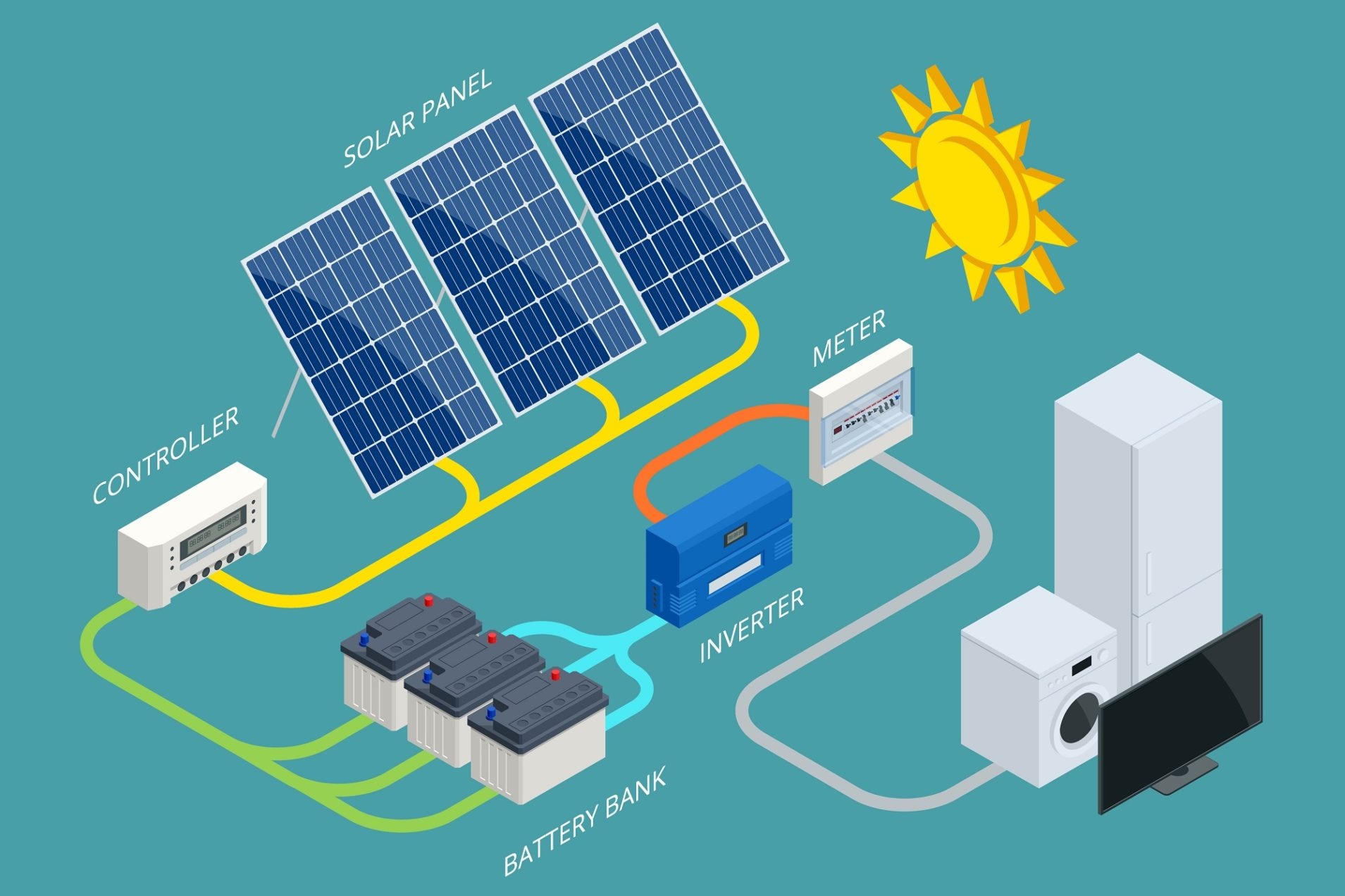
Photovoltaic modules, off-grid inverters (including photovoltaic chargers/inverters), energy storage batteries (lead-acid/colloid/lead carbon/ternary lithium/lithium iron phosphate, etc.), photovoltaic brackets, cables, and accessories Electrical boxes, etc., are important components of photovoltaic off-grid systems.
The biggest difference between the photovoltaic off-grid system and the grid-connected system is that the grid-connected system takes investment income as the calculation premise, while the off-grid system takes rigid power supply as the basic demand, so they have different priorities when selecting components.
Why should photovoltaic off-grid systems be equipped with lithium iron phosphate batteries for energy storage?
In the photovoltaic off-grid system, the energy storage lithium iron phosphate battery accounts for a large proportion, and the cost is similar to that of solar modules, but the life span is much shorter than that of the solar modules. The task of the energy storage lithium iron phosphate battery is to store energy to ensure stable system power. Guaranteed load power consumption on rainy days.
- The photovoltaic power generation time and the load power consumption time are not necessarily synchronized. In the photovoltaic off-grid system, the input is a component for power generation, and the output is connected to the load. Photovoltaics generate electricity during the day, only when there is sunlight, and the power generation is often the highest at noon, but at noon, the demand for electricity is not high. Many households use off-grid power stations at night, so what to do with the electricity generated during the day? Energy storage first, this power storage device is the energy storage lithium iron phosphate battery. Wait for the peak of electricity consumption, such as seven or eight o'clock in the evening, and then release the electricity.
- Photovoltaic power and load power are not necessarily the same. Photovoltaic power is not very stable due to the influence of radiation, and the load is also not stable. Like air conditioners and refrigerators, the starting power is very large, and the normal operating power is less. If the photovoltaic power is directly brought The load will cause the system to be unstable, and the voltage will fluctuate.
- The energy storage battery is a power balancing device. When the photovoltaic power is greater than the load power, the controller sends the excess energy to the battery pack for storage. .
- The cost of off-grid system is high. The off-grid system consists of a photovoltaic array, a solar controller, an inverter, a battery pack, and a load. Compared with the grid-connected system, the addition of batteries accounts for 30-40% of the cost of the power generation system, which is almost the same as the components. Moreover, the service life of the battery is not long. The lead-acid battery is generally 3-5 years, and the lithium battery is generally 8-10 years, and needs to be replaced later.
The new energy storage lithium iron phosphate battery, as the energy storage device of the photovoltaic system, can increase the energy storage efficiency to 95%, which can greatly reduce the cost of solar power generation. Lithium batteries have an energy efficiency of 95%, while the current commonly used lead-acid batteries are only about 80%. Lithium batteries are lighter in weight and have a longer service life than lead-acid batteries. The charge and discharge cycles can reach 1600 cycles, which means they don't need to be replaced very often.
At present, more and more photovoltaic power generation and energy storage use lithium batteries. With technological breakthroughs, the market share of ternary lithium/lithium iron phosphate batteries is gradually increasing in photovoltaic off-grid systems. This is a new application trend.
Summary: In recent years, the proportion of lithium battery energy storage in the newly installed capacity of various energy storage systems has gradually increased. According to the application status and battery characteristics of energy storage power stations at home and abroad, it is recommended that the battery selection of energy storage power stations should mainly be lithium iron phosphate batteries.


